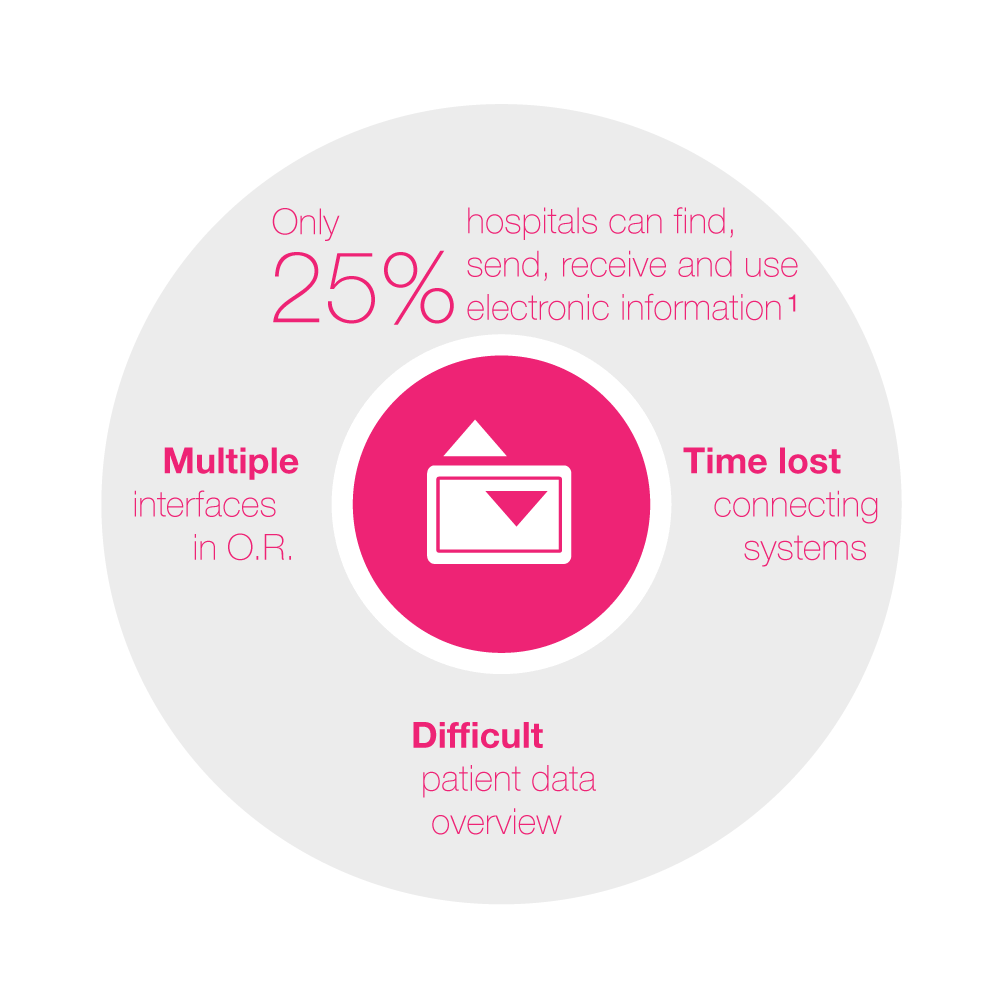Future-Proof Digital O.R. Integration
Future-Proof Digital O.R. Integration
Consolidating surgical information
IT integration is a key element of any modern operating room. As a software company with over a thousand integrated O.R. installations at some of the most innovative institutions around the world, Brainlab is familiar with all kinds of IT landscapes and legacy system environments.
Brainlab Digital O.R. integration seeks to centralize the relevant information needed for surgery—be it from radiological studies, video sources, hardware or software—onto a single platform: Buzz. Straightforward integration with hospital information systems allows Buzz to gather and send the right data to the hospital archive at the right time.
Discover how the Brainlab O.R. Planning Team can work with you to seamlessly integrate your O.R. devices, software, hospital information and storage system.
